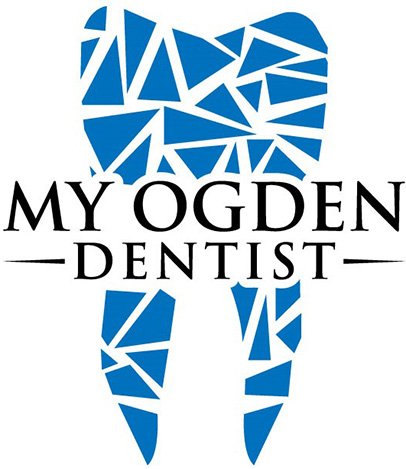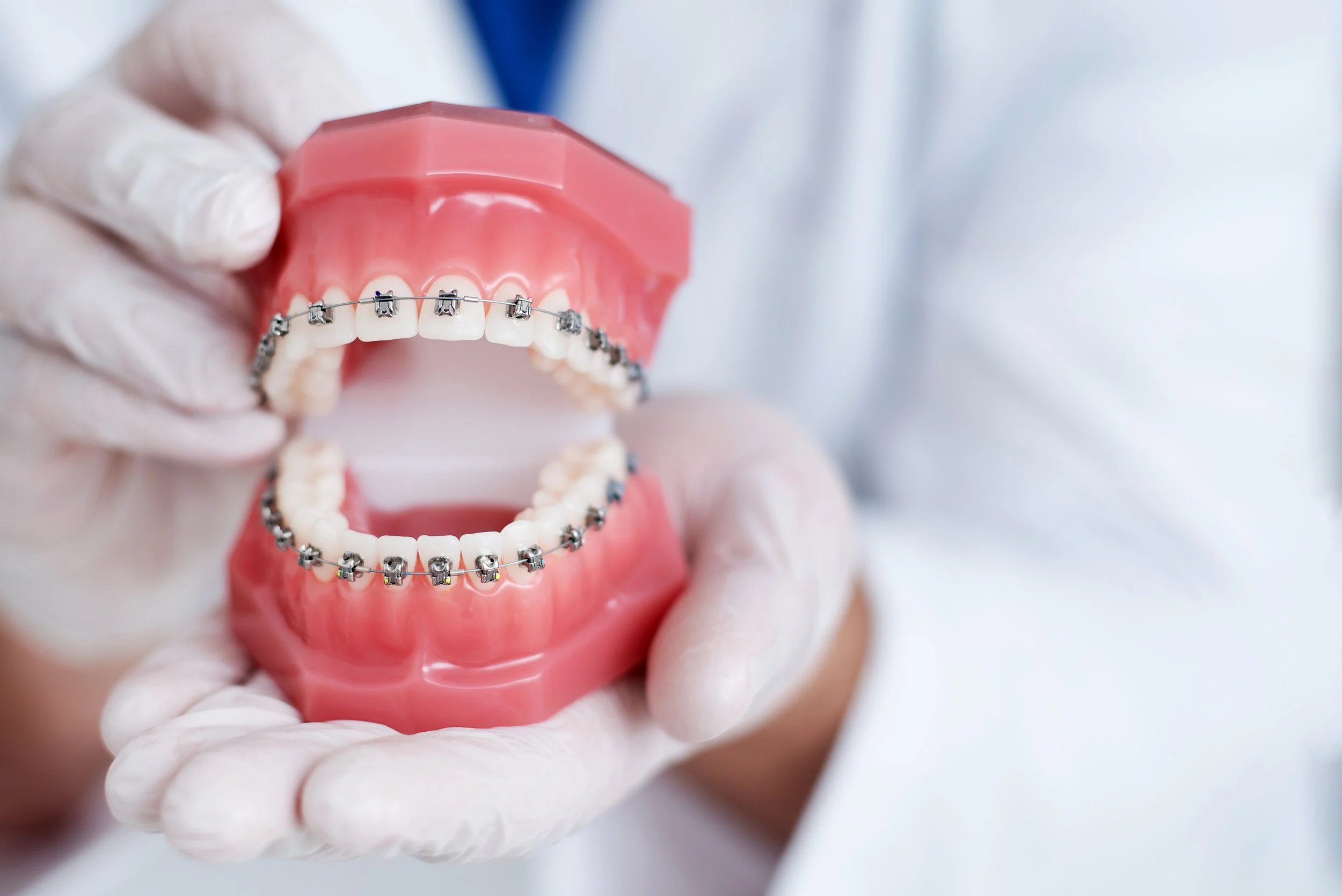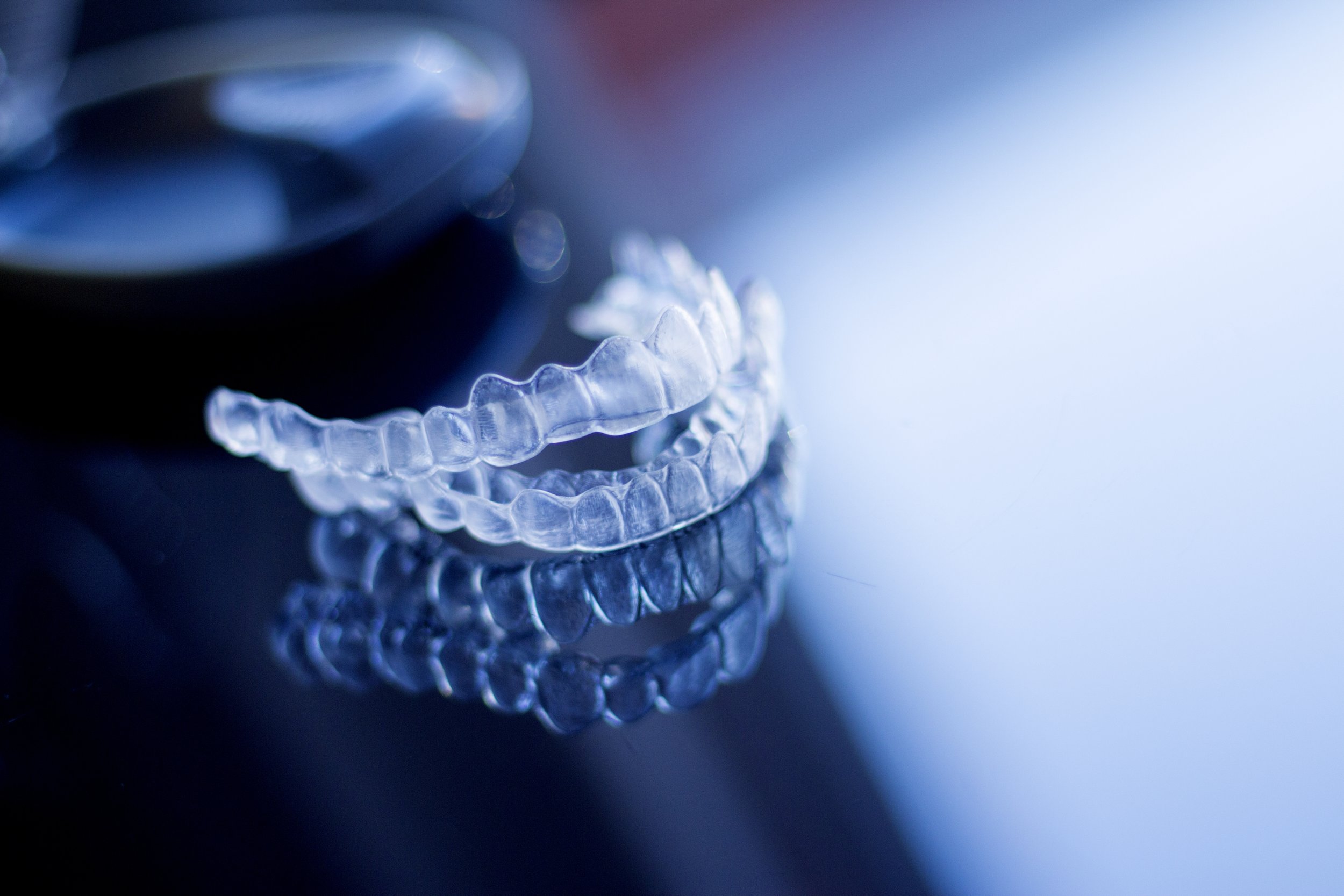There are many types of teeth whitening, but some methods are more effective than others. Professional treatments last longer, while at-home treatments often require more maintenance. The lifespan of your results depends on your aftercare and daily habits.
Read MoreDental fillings restore the natural teeth, fixing cavities, chips, and cracks. Fillings made from composite resin often last from 5 to 7 years, but with consistent care, may last over 10 years.
Read MoreThe lifespan of veneers depends on how well they are cared for and the material used to make them.
Read MoreTeeth, especially the premolars and back molars, naturally have grooves and pits that help to grind food. However, these pits can trap food and bacteria that lead to cavities.
Read MoreOrthodontic care isn’t just about straightening teeth—it also addresses how your child’s bite, jaw, and dental arch are developing. By having an orthodontic screening at the right time, you can catch potential issues early and plan for treatment before they become more complex.
Read MoreThe life of your teeth is directly tied to how well you take care of them. By following these tips, you can enjoy healthy, natural teeth for the rest of your life.
Read MoreThe teenage years are an ideal time for braces treatment. Between the ages of 10 and 14, an adolescent’s mouth is still developing, making the teeth more responsive to treatment. Teens often see quicker results, with braces taking about 6 months to 2 years.
Read MoreBabies are born with a full set of teeth beneath their gums. One important and developmental milestone for infants is when they start to teethe, and their primary teeth break through. This process usually begins between 4 and 7 months, but can happen as early as 3 months.
Read MoreIf you struggle with periodontal disease, know that you are not alone. Millions of other Americans share your struggles. Fortunately, you can manage periodontal disease with periodontal therapy.
Read MoreDo you have a dentist appointment soon? If so, you might be wondering when you can eat and what you should eat after. Generally, you can eat 30 minutes after your appointment. Those 30 minutes allow fluoride treatment to work and will give your teeth, gums, and enamel time to rest.
Read MoreTaking care of your oral health is one of the greatest gifts you can give your future self. Implementing simple tips in your daily routine can help keep your smile healthy.
Read MoreIn the United States, around 54,000 people are diagnosed with oral cancer a year, making it the most common form of head and neck cancer. Because of this, it is important to look for signs of oral cancer often and receive regular oral cancer screenings.
Read MoreSoft tissue lasers use focused light energy to treat or reshape soft tissues in the mouth, making soft tissue removal safer, more precise, and more effective. As a result, laser dentistry is less invasive and more adaptable to patient needs.
Read MoreA dentist may recommend getting a dental cleaning and new digital X-rays about every six months depending on your age and oral health. Because of the radiation involved, some people may wonder whether digital X-rays are safe.
Read MoreSince their invention in 1975, digital cameras have revolutionized many industries, including dentistry. Now, intraoral cameras are one of the most useful tools in the dental industry.
Read MoreAre you worried that you may be too old to get braces? You might be surprised to learn that one in three orthodontic patients are adults. Fortunately, braces do not have an age limit, and a straight smile is a reality for anyone with good health who is willing to put in the work.
Read MoreWhen it comes to achieving a straighter smile without the hassle of traditional braces, clear aligners are a popular choice. But with options like ClearCorrect and Invisalign on the market, how do you decide which is right for you? Both offer discreet and effective solutions for orthodontic treatment, but they have their differences.
Read MoreClear aligners such as Invisalign are becoming increasingly popular, but the question remains: are they worth it? While wire braces and clear aligners are often comparable in price, there are other pros and cons to consider.
Read MoreHave you ever forgotten to put in your Invisalign retainer after eating, flossing, drinking, or brushing? Invisalign is a great method for cosmetic dentistry and is a great alternative to metal braces because it uses an almost invisible liner to move and straighten your teeth. However, because the liners are clear, you might have a harder time remembering to put them in again.
Read MoreNitrous Oxide is a laughing gas, although mixed with some Oxygen when used as a dental sedative. You might then wonder, where does it get its nickname - laughing gas? The nickname “laughing gas” comes from the most common side effects of Nitrous Oxide sedation.
Read More



















